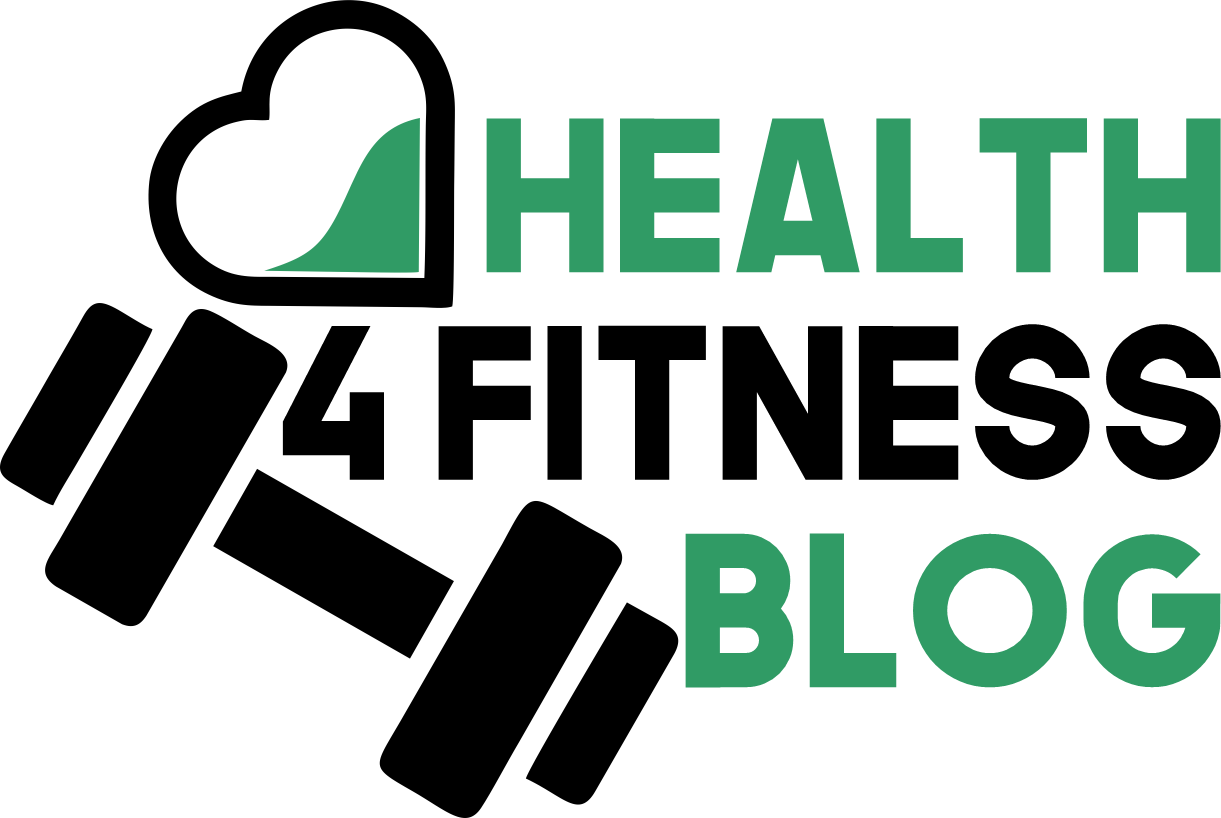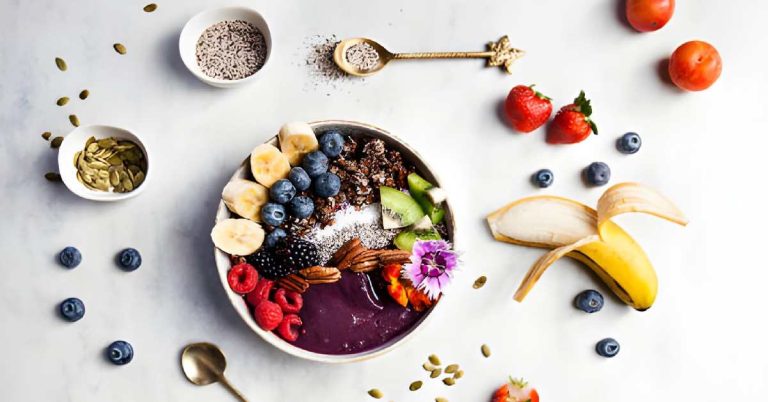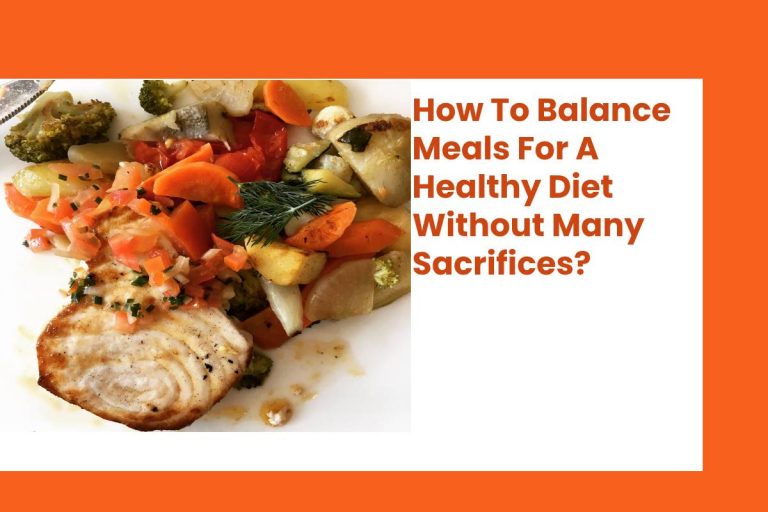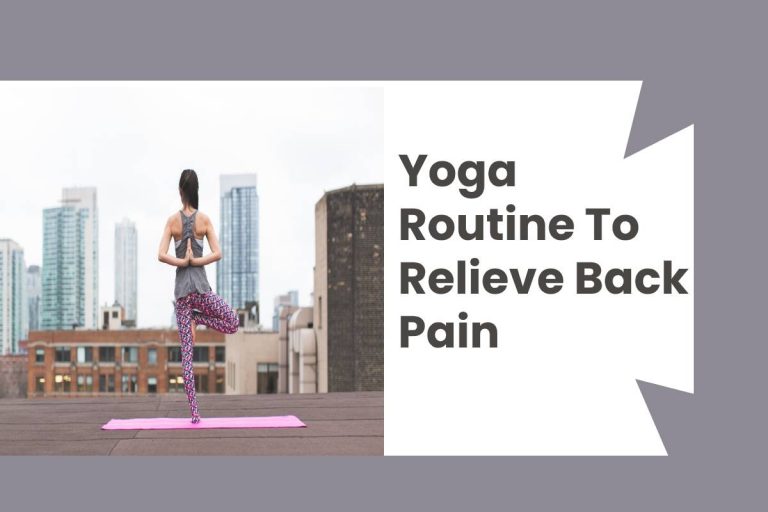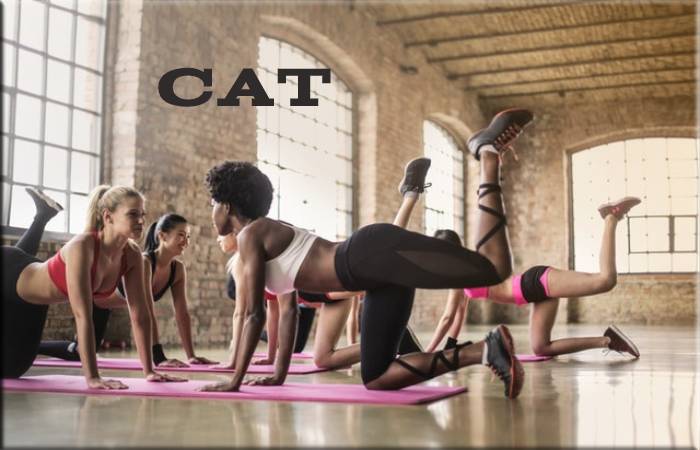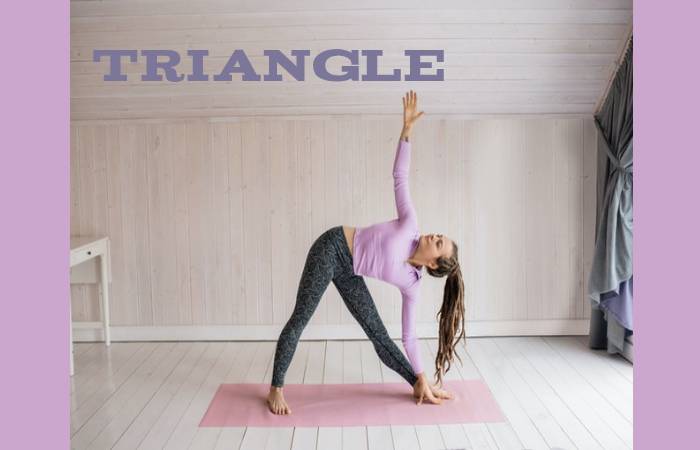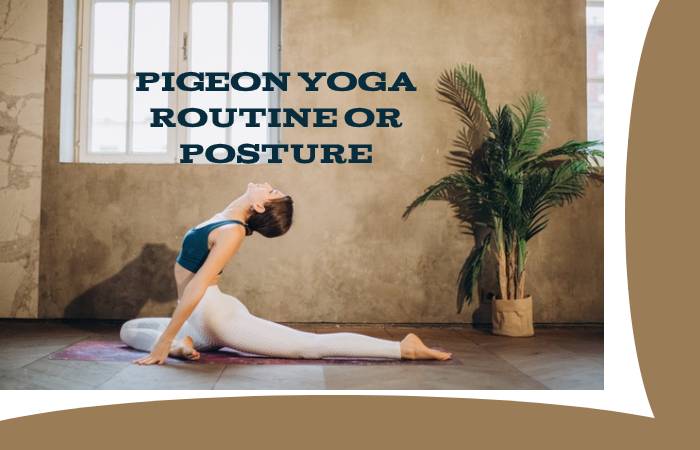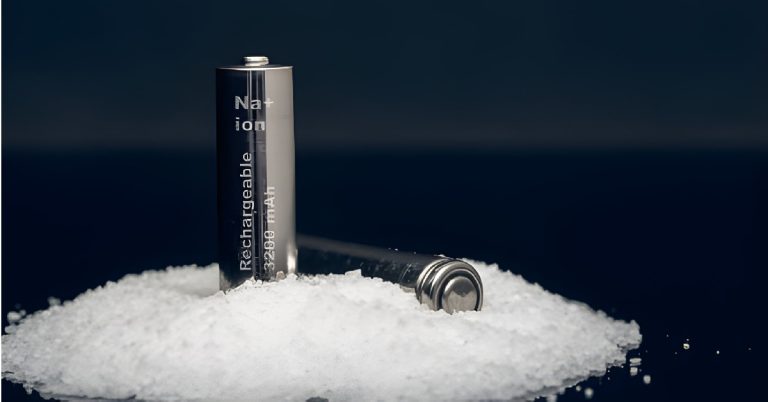There’s no doubt about it: smoothies are the ultimate health hack. They’re a ridiculously easy way to sneak more fruits and veggies into your diet. They can be part of a healthy breakfast or serve as a delicious, post-workout snack. Plus, you can add all sorts of ingredients into smoothies, from matcha and protein powder to flavorful CBD tinctures and so much more.
But if you’re relatively new to the smoothie trend, you may have learned the hard way that some ingredients are better suited to smoothies than others. Once you’ve been burned by a terrible-tasting smoothie, it’s all too easy to fall back on the same old ingredients you always use. To help you break out of your smoothie rut, we’ve rounded up 10 unconventional smoothie ingredients that taste great and do your body good. Enjoy!
Table of Contents
1. Silken Tofu
Yes, you can put tofu in a smoothie — and, yes, it will taste good! However, the key to a deliciously-creamy smoothie is to use silken tofu (aka, Japanese-style tofu). Unlike regular tofu, silken tofu has a softer consistency that blends well and makes a deliciously-creamy shake. It’s also high in protein, making it a great alternative to yogurt-based smoothies. Be aware that silken tofu doesn’t need to be refrigerated until opened, so it may be located in a different section of the grocery store than regular tofu.
2. Turmeric
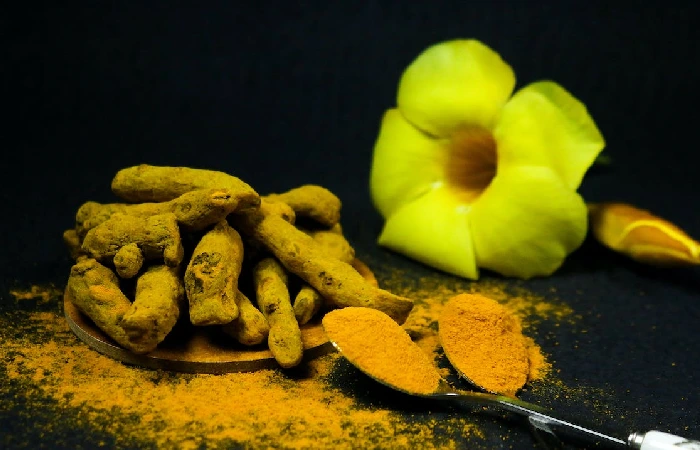
Have you tried putting turmeric in your smoothie before? If not, consider sprinkling some of the “golden spice” into your next smoothie. A staple in Ayurvedic medicine, turmeric is probably best-known for its potential anti-inflammatory and antioxidant properties. On its own, turmeric has a slightly earthy, bitter taste, but it tastes delicious when combined with sweet fruits such as pineapple and mango.
3. Red Cabbage
If you want your smoothie to be both super-healthy and Instagrammable, look no further than red cabbage. This dark red/purple plant is the secret to turning your smoothie into a vivid, purple miracle that begs to be photographed. Of course, looks aren’t everything, and red cabbage delivers in the health department, too. Specifically, red cabbage is high in anthocyanins, a type of flavonoid that is associated with a reduction in hypertension risk. It’s also rich in vitamins, minerals, and dietary fiber.
4. CBD
Cannabidiol (CBD) products have been having a big moment lately. According to a 2019 Gallup poll, one in seven Americans now uses CBD for its potential therapeutic benefits, which run the gamut from pain relief to stress management. CBD isn’t psychoactive and won’t get you “high” (that’s THC, a different chemical compound from the same plant).
One of the most delicious ways to reap the therapeutic benefits of CBD? Adding it to your smoothie, of course. For extra health benefits, try adding CBD with terpenes to your smoothie. In a nutshell, terpenes are the organic compounds that give many plants — including the cannabis plant — their distinct aromas and flavors. Some terpenes promote energy and focus, while others have a relaxing effect. It’s an easy (and tasty) way to enjoy some extra health benefits in your daily smoothie.
5. Tahini
If you enjoy nut butter, just wait until you try tahini (aka, sesame seed paste). Made from sesame seeds and oil, tahini boasts a rich, nutty flavor that lends itself well to a variety of dishes. It’s also highly nutritious, containing lots of healthy fats and plant-based protein. The best part? It tastes absolutely delicious in a smoothie. On its own, tahini can be slightly bitter, but when it’s combined with other smoothie ingredients — and with cinnamon, in particular — it’s nothing but sweet, creamy perfection.
6. Spirulina
If you’ve never heard of spirulina, it’s time to put this incredible superfood on your radar. Originally used by the Aztecs to boost endurance, spirulina is a type of cyanobacteria (blue-green algae) that first became famous when NASA astronauts began using it as a dietary supplement.
While there aren’t many large-scale studies on spirulina, some research suggests that it may have anti-inflammatory properties, as well as anti-cancer, anti-viral, and anti-allergic effects. It’s also extremely rich in many nutrients, making it one of the most nutrient-dense foods on the planet. As with any dietary supplement, make sure that you talk with your doctor before adding spirulina to your smoothie.
7. Cricket Powder
Eating insects isn’t weird. On the contrary, it’s as old as mankind itself. In fact, munching on bugs is still the norm in many cultures across Latin America, Africa, and Asia.
With those facts in mind, give cricket powder a chance in your smoothies. While it may seem gross, cricket powder is surprisingly tasty. It has an earthy, slightly nutty profile that will give your smoothie a wonderful kick of flavor. Cricket powder is also a great source of proteins, fats, minerals, vitamins, and fiber — all the more reason to jump on board the insect-eating train.
8. Cacao Nibs
If cricket powder is too unconventional for you, here’s a smoothie ingredient that may be more to your liking: cacao nibs. Often called “nature’s chocolate chips,” cacao nibs are simply crumbled pieces of dried cacao beans, which is the same bean used to make chocolate candy. Cacao nibs have a delicious, chocolate-like flavor that pairs amazingly well with mint and peanut butter smoothies. Best of all, they’re rich in antioxidants, fiber, and heart-healthy flavonoids.
9. Lime Juice
Love margaritas, but hate what they do to your waistline? Swap your boozy, summertime drinks with a refreshing smoothie made with lime juice. Limes are low in calories and high in vitamin C and antioxidants — both of which have been linked to improved immunity, healthier skin, and lower blood sugar. Lime juice is also a good source of magnesium and potassium, so drink up!
10. Cactus Paddles (Nopales)
You may have seen cactus paddles at the grocery store before. (If not, you can usually find them at a Mexican market). Cactus paddles, or nopales, are a dietary vegetable and a staple in numerous Mexican cuisine dishes. Some of their many purported health benefits include lowering blood pressure, wound healing, and reducing cholesterol. For best results, pair cactus paddles with pineapple and fresh orange juice.
Building a Better Smoothie
If you want to take your smoothie game to the next level, these ingredients are a delicious and nutritious way to do it. Done right, smoothies can satisfy your hunger while keeping your fitness goals on track.
